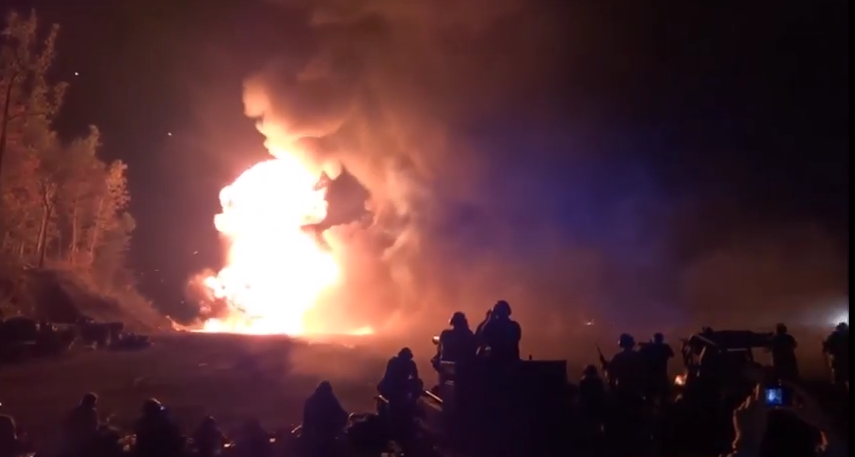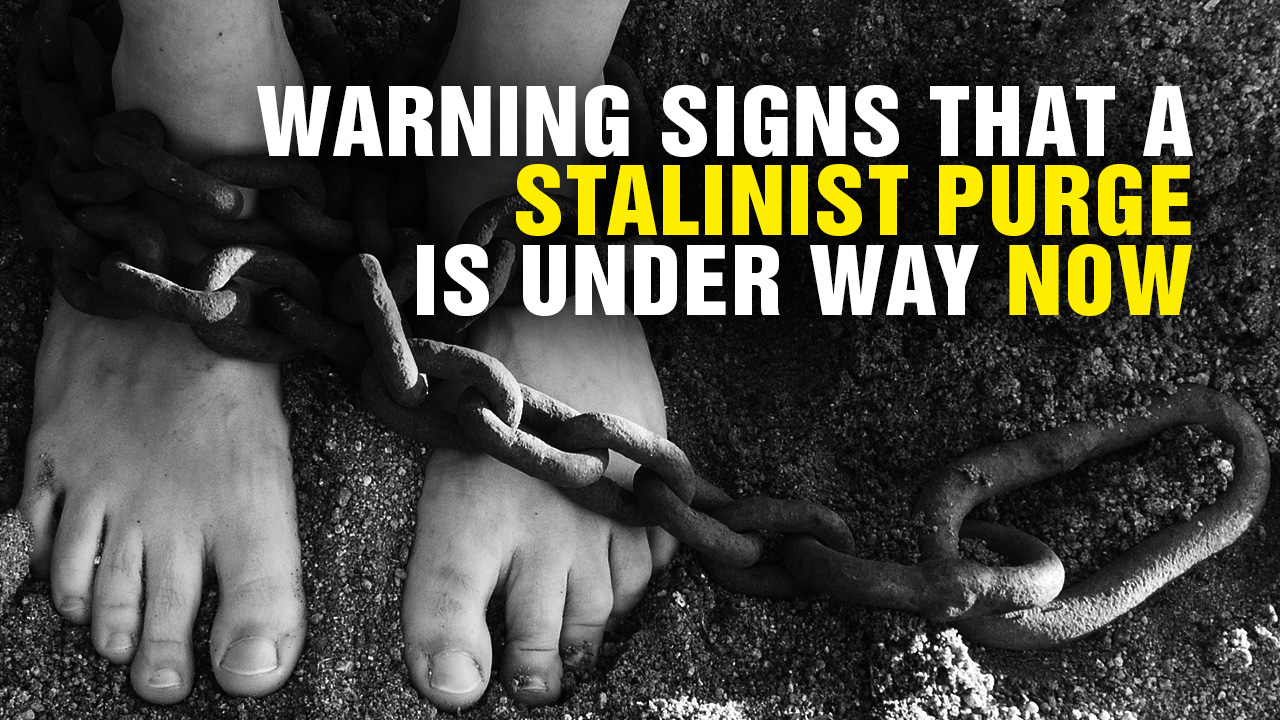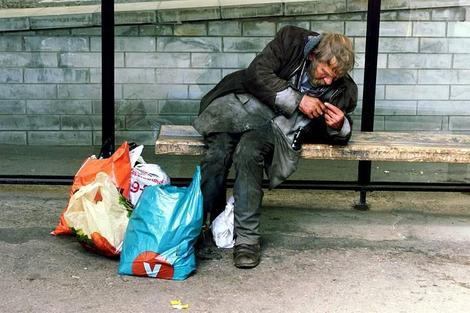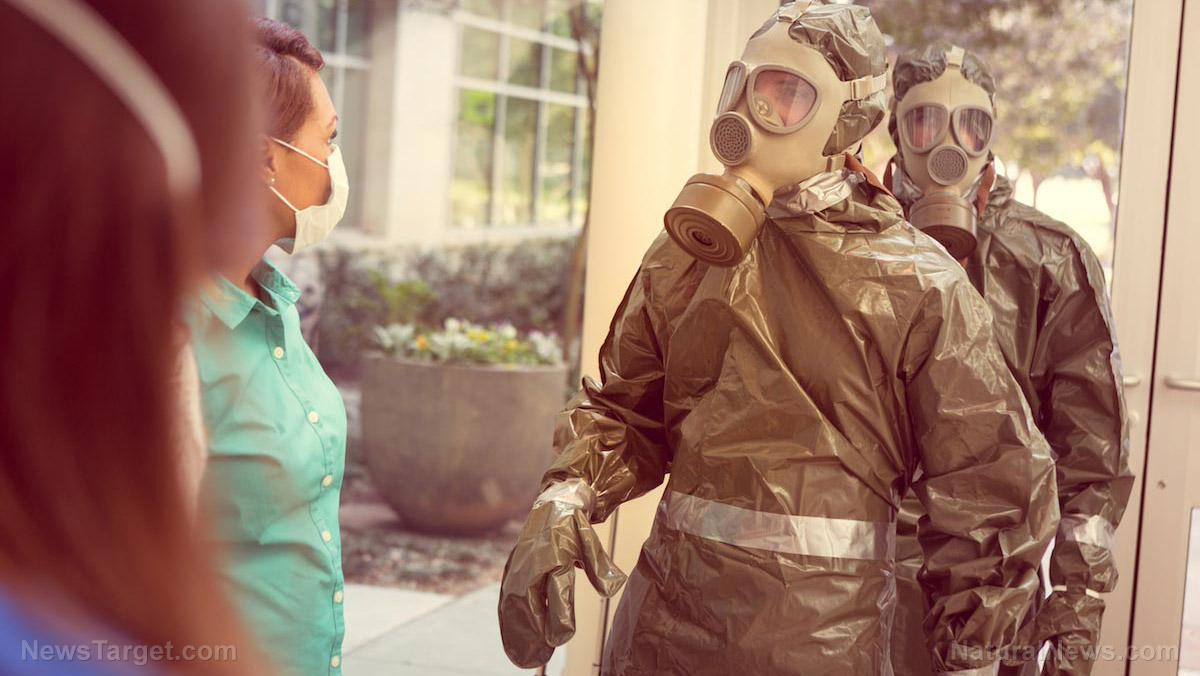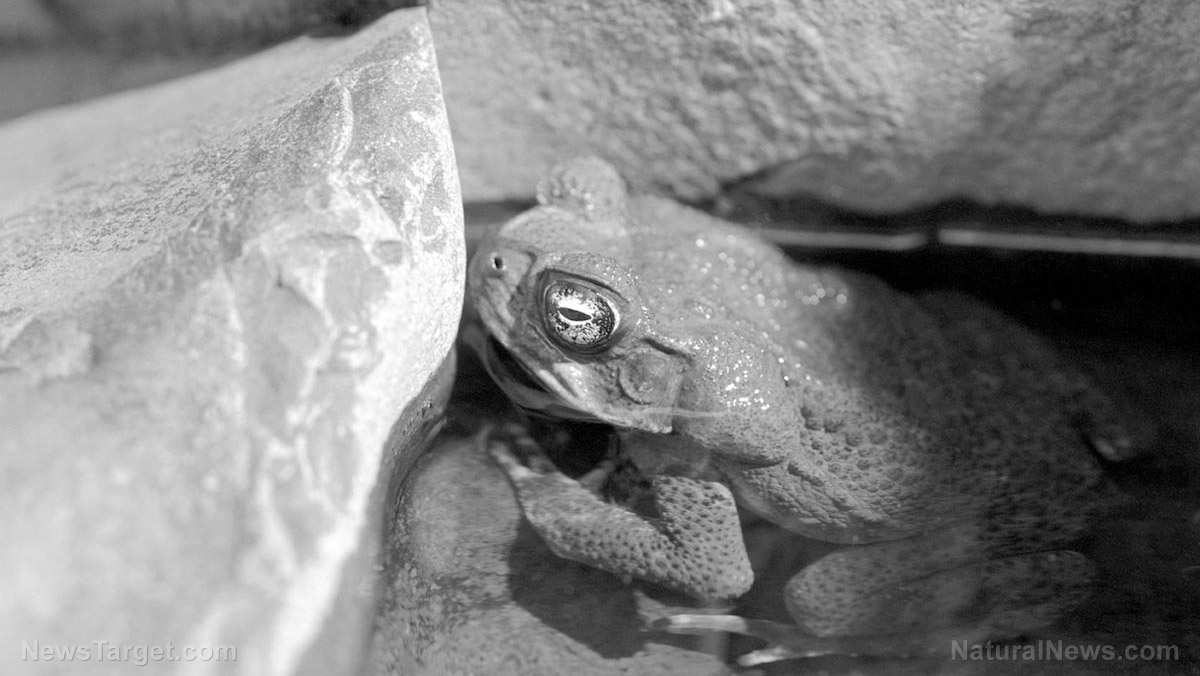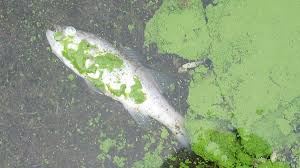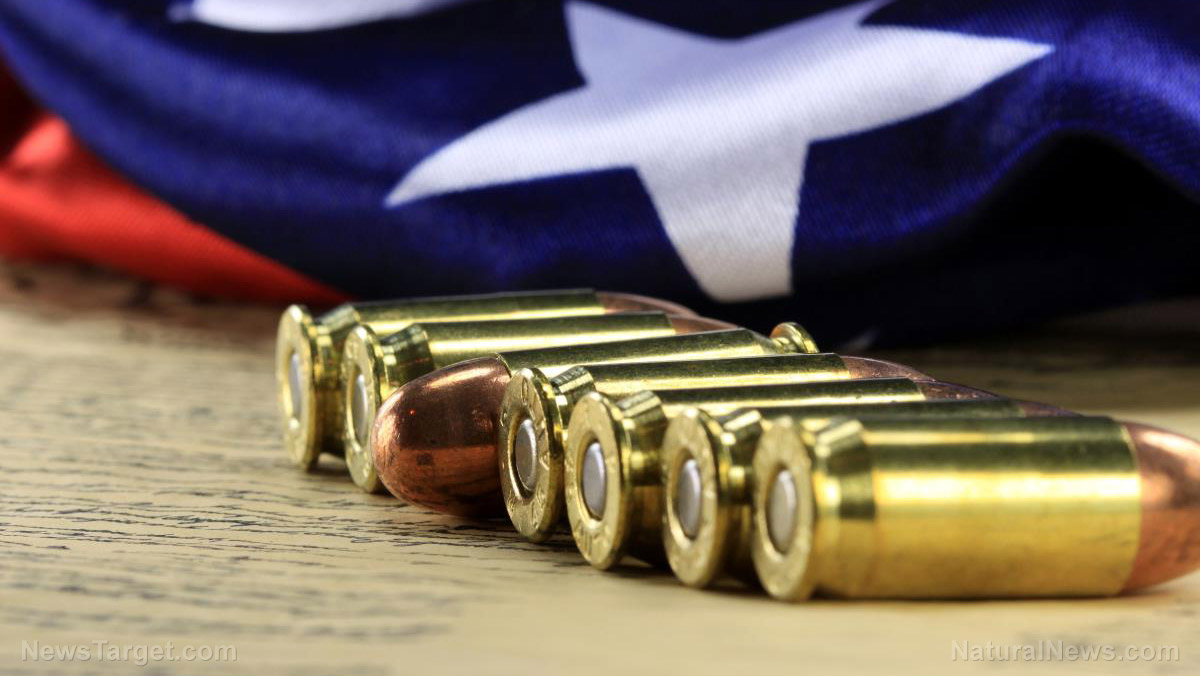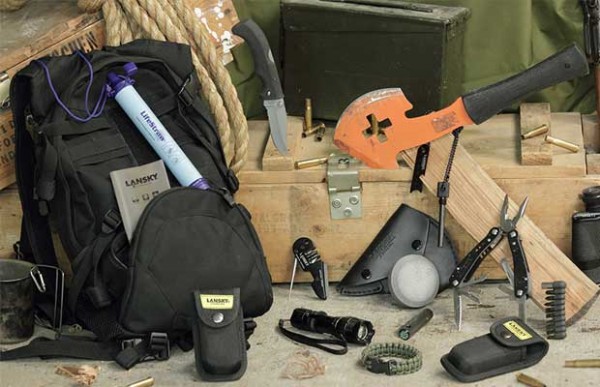Ancient preppers: Researchers discover 2,000-year-old Jewish settlement in Israel where rebels used hidden tunnels to store supplies underground
08/25/2019 / By Edsel Cook
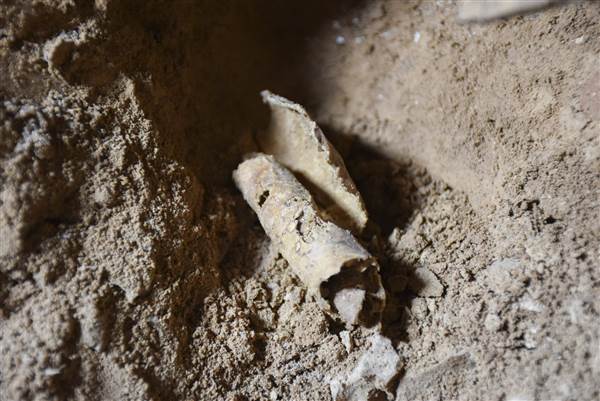
Near the Israeli city of Beersheba in the Negev Desert, researchers unearthed the remains of a Jewish settlement from the time of the Second Temple. The site contained subterranean passages that served as storage spaces for supplies in the same vein that modern-day preppers hide stockpiles of essentials.
In addition to the hidden tunnels, the ancient settlement also featured a watchtower. And while they found no weapons, the researchers did come across a fragment of an oil lamp with one of the earliest known illustrations of a nine-stemmed menorah.
The Israel Antiquities Authority (IAA) researchers dated the settlement to the 1st century A.D. It lasted until 135 A.D. when the Jews launched the Bar Kochba Revolt against the Roman occupiers.
The half-acre site sits on the southernmost border of Judea. Its artifacts and structures suggest that its occupants stayed faithful to the Jewish religion even though they were on the very limit of the kingdom. However, they were also affected by the disturbances that led to the Bar Kochba uprising.
“Signs of a conflagration discovered in some of the structures evince a crisis that the settlement experienced, probably that of the First Jewish Revolt in c. 70 CE,” explained IAA researcher Dr. Daniel Varga and Ben-Gurion University of the Negev (BGU) researcher Dr. Peter Fabian. (Related: Prepping for SHTF: Top gear you need.)
Researchers race to salvage artifacts from ancient Jewish settlement
Researcher Shira Bloch explained that the Beersheba region did not have much in the way of surviving Jewish sites from the Second Temple period. He and his colleagues were excited to find a sizable well-preserved settlement with residents who remained faithful to Judaism.
Sponsored solution from CWC Labs: This heavy metals test kit allows you to test almost anything for 20+ heavy metals and nutritive minerals, including lead, mercury, arsenic, cadmium, aluminum and more. You can test your own hair, vitamins, well water, garden soil, superfoods, pet hair, beverages and other samples (no blood or urine). ISO accredited laboratory using ICP-MS (mass spec) analysis with parts per billion sensitivity. Learn more here.
However, the ancient site may not last for much longer. Beersheba is setting up a new neighborhood near its northern approach.
It so happens that the city’s new construction project overlaps the ancient settlement. As of the time of this writing, Beersheba will conserve the watchtower while back-filling the rest of the site.
For their salvage excavation, IAA and BGU researchers received the assistance of volunteers from pre-military academy participants. The dig took place during the short summer season in the Negev.
The initial phase of the dig gave a poor showing for their efforts. However, once they hit the two-meter-depth, they uncovered a treasure trove of artifacts, which provided much information about the people and the purpose of the site.
Bloch also noted that they found no signs of weapons. The settlement was likely civilian instead of military.
One of the earliest depictions of the 9-stemmed menorah
The ancient settlement also provided signs of cultural overlap. In addition to the Jewish artifacts, it also contained Nabatean pottery from Arabia and other regions in the Mediterranean, including Greek islands.
Bloch also noted the recovery of around 40 coins that would eventually get cleaned and evaluated. The currency included bronze coins from the time the Romans ruled Judea as a province.
Some of the coins originated in the city of Ashkelon, now a part of Israel. Others were minted in various cities throughout the Roman Empire.
The biggest prize of the salvage excavation was the sherd – a broken piece of ceramic – that bore the illustration of the nine-stemmed menorah. Most people might mistake it as a hanukkiah used during the Jewish holiday of Hanukkah.
However, there is no evidence that Jews celebrated Hanukkah during the Second Temple Period. As such, the nine-stemmed menorah in the illustration might predate its use as a hanukkiah.
“We’ve only managed to get to the bottom of one… the rest are a lot larger and appear to be storage rooms, not passages yet,” explained Bloch. “But as we dig, they keep getting bigger and bigger.”
Sources include:
Tagged Under: ancient artifacts, ancient history, ancient preppers, ancient prepping, ancient stockpile, archaeology, artifacts, Collapse, history, Israel, Jews, preparedness, real history
RECENT NEWS & ARTICLES
COPYRIGHT © 2017 COLLAPSE.NEWS
All content posted on this site is protected under Free Speech. Collapse.news is not responsible for content written by contributing authors. The information on this site is provided for educational and entertainment purposes only. It is not intended as a substitute for professional advice of any kind. Collapse.news assumes no responsibility for the use or misuse of this material. All trademarks, registered trademarks and service marks mentioned on this site are the property of their respective owners.

